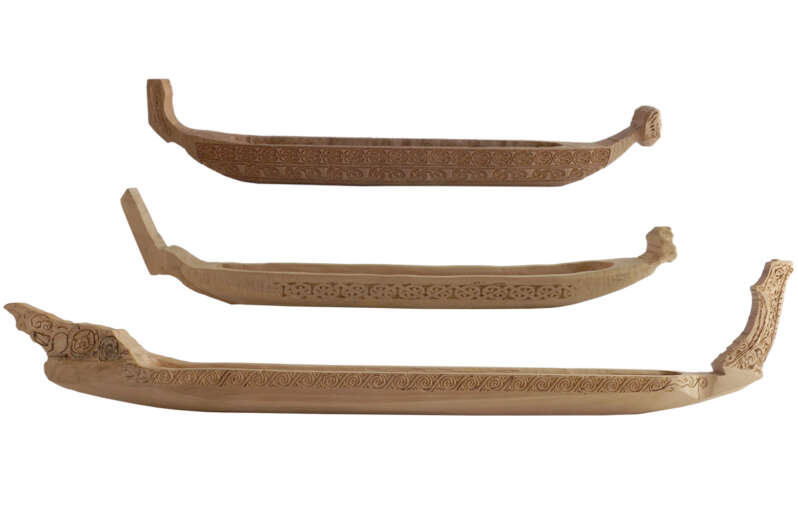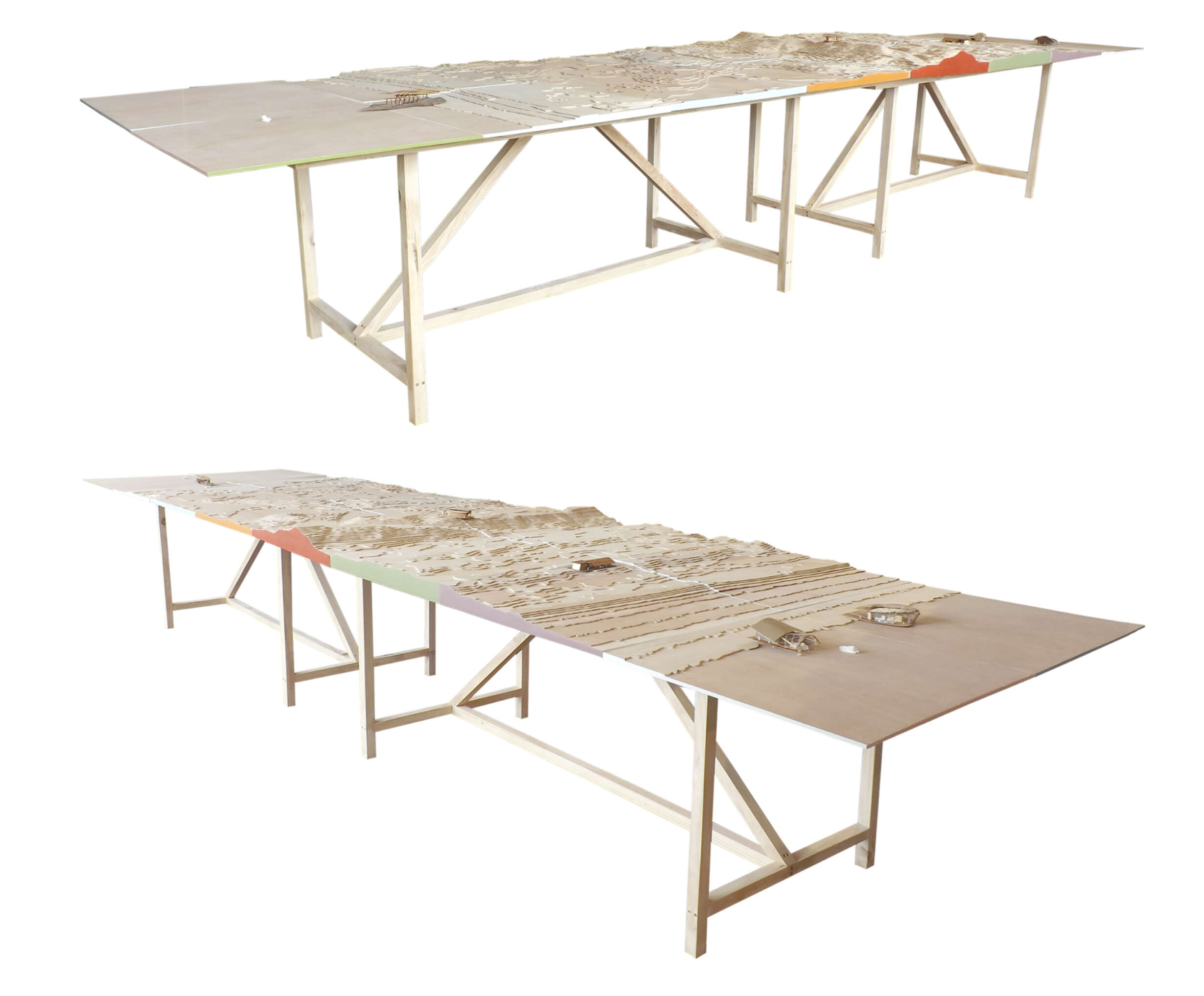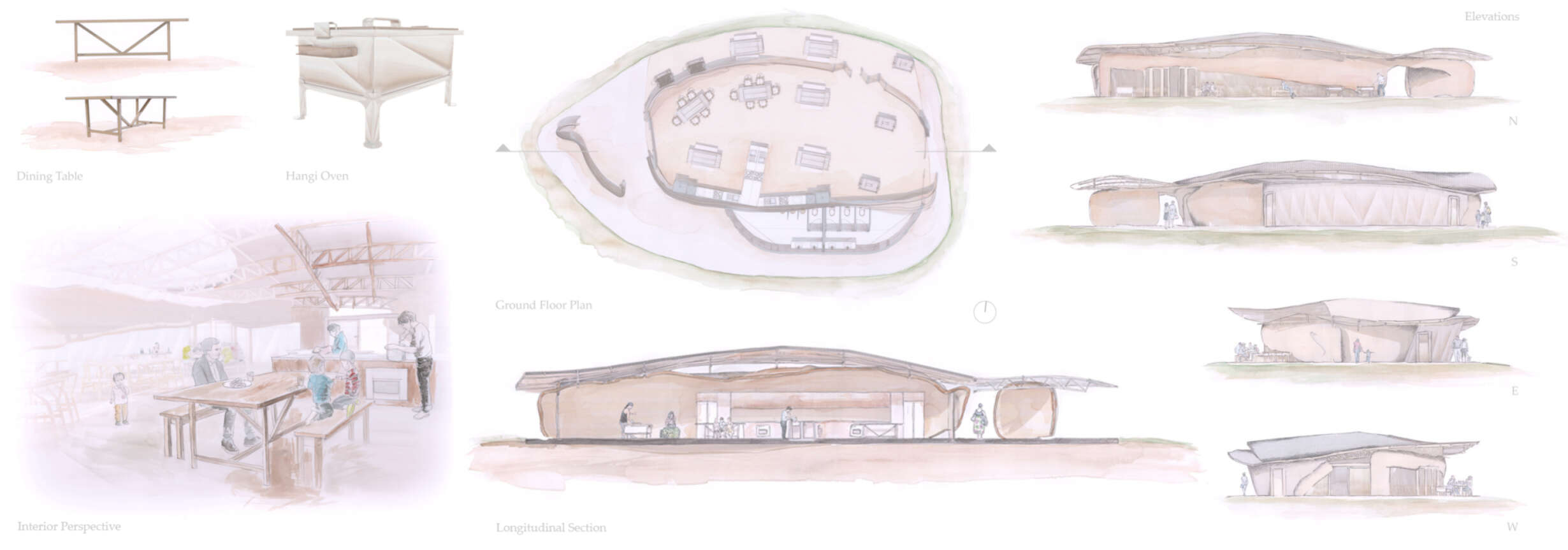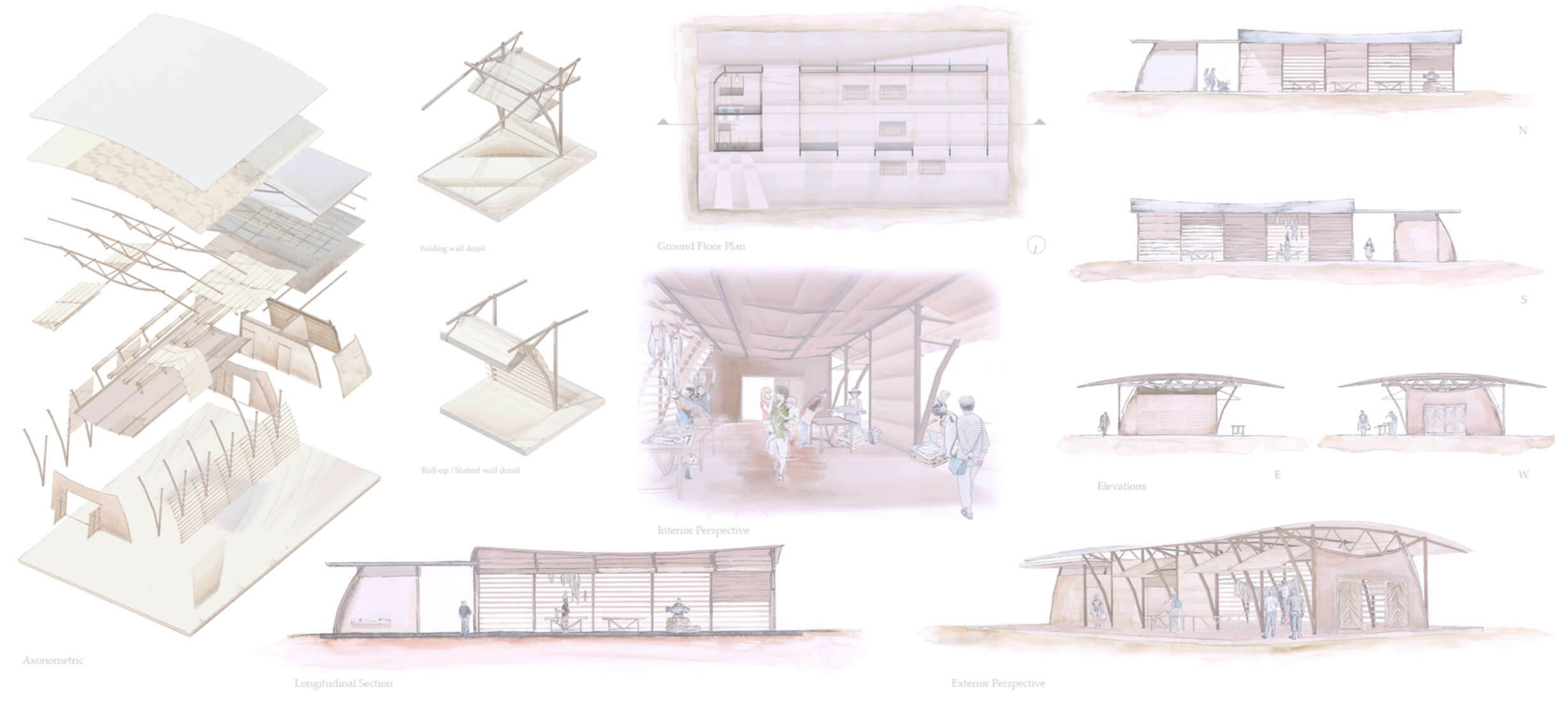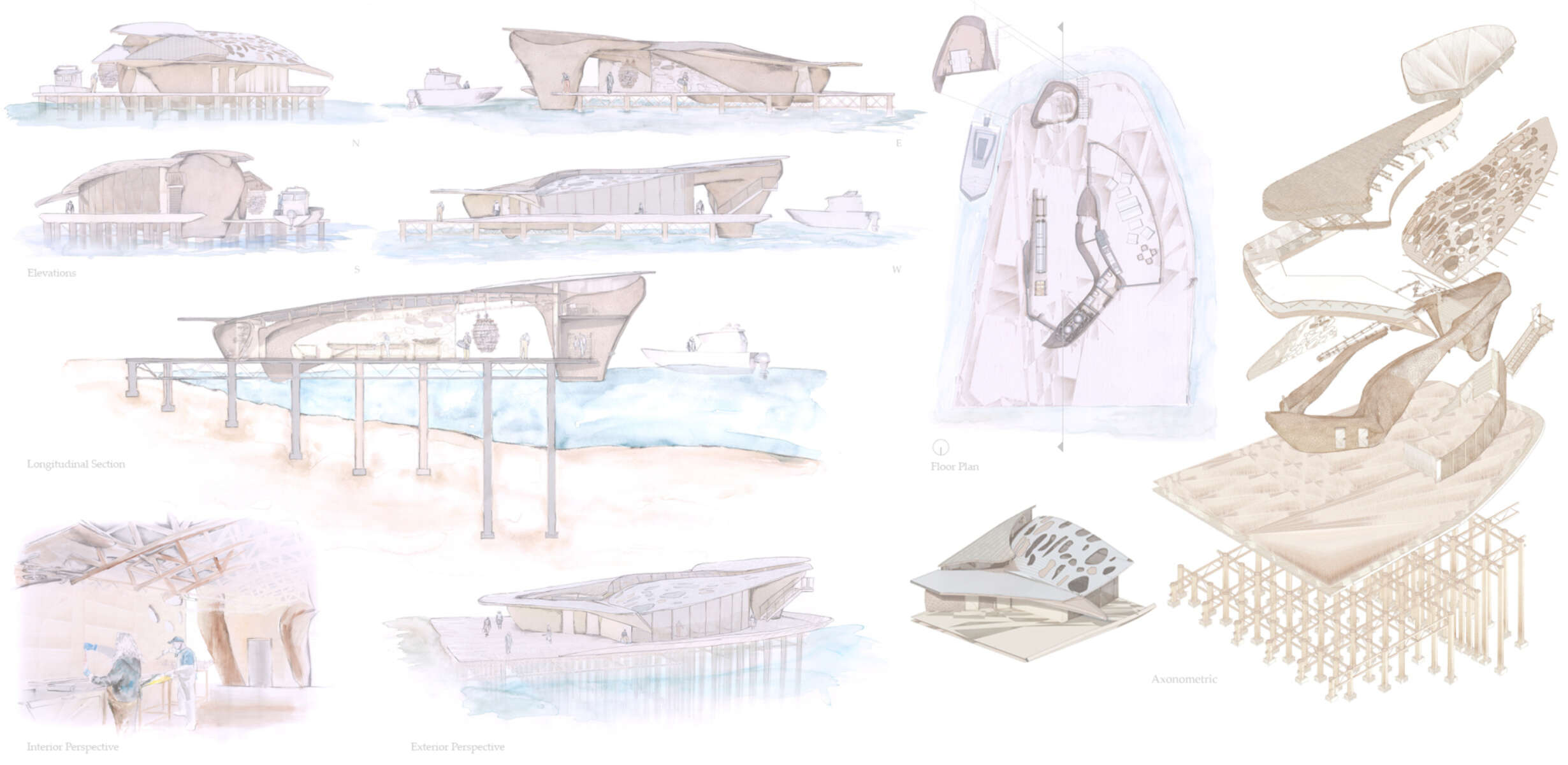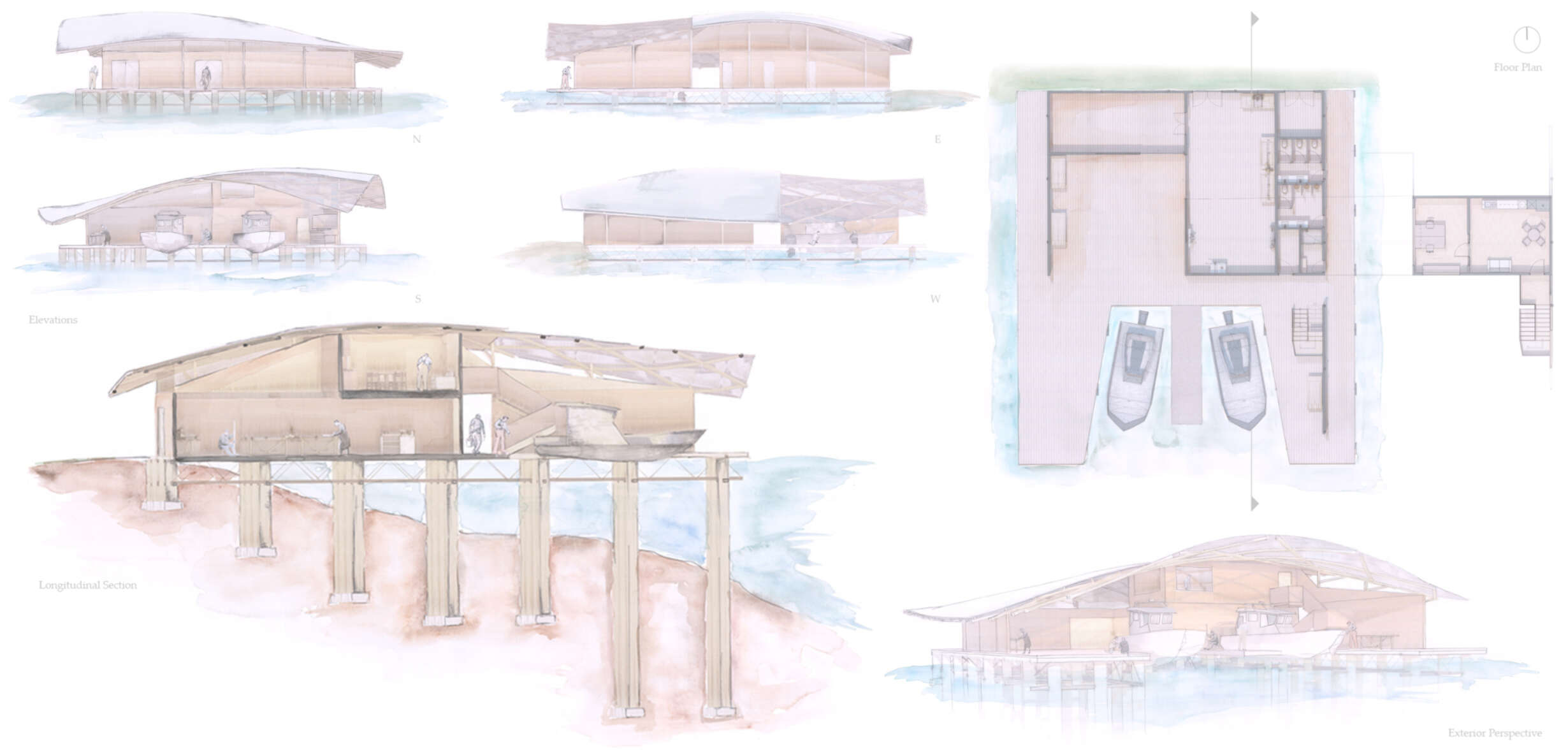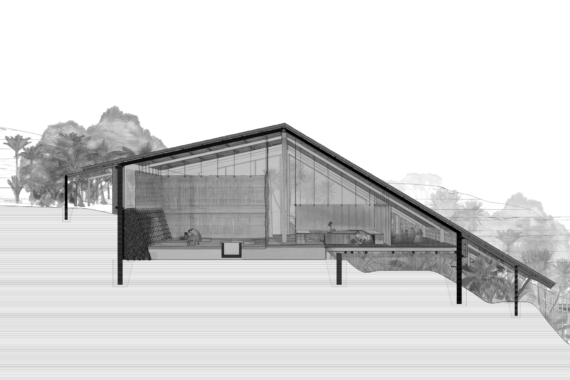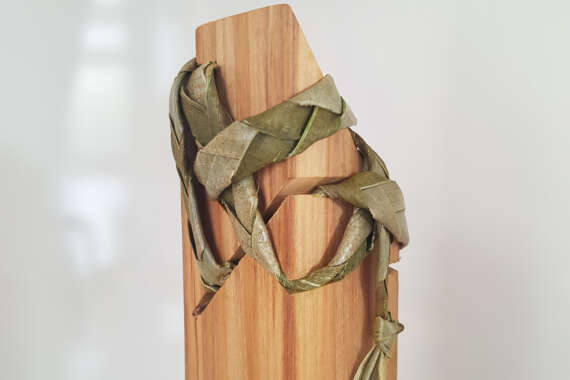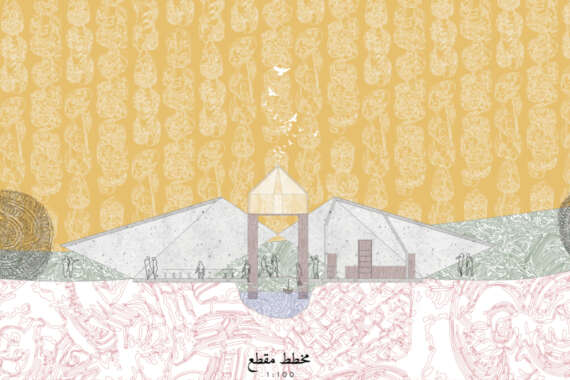Between Tai Timu and Tai Pari: Transition to the water through an aptitude of craft.
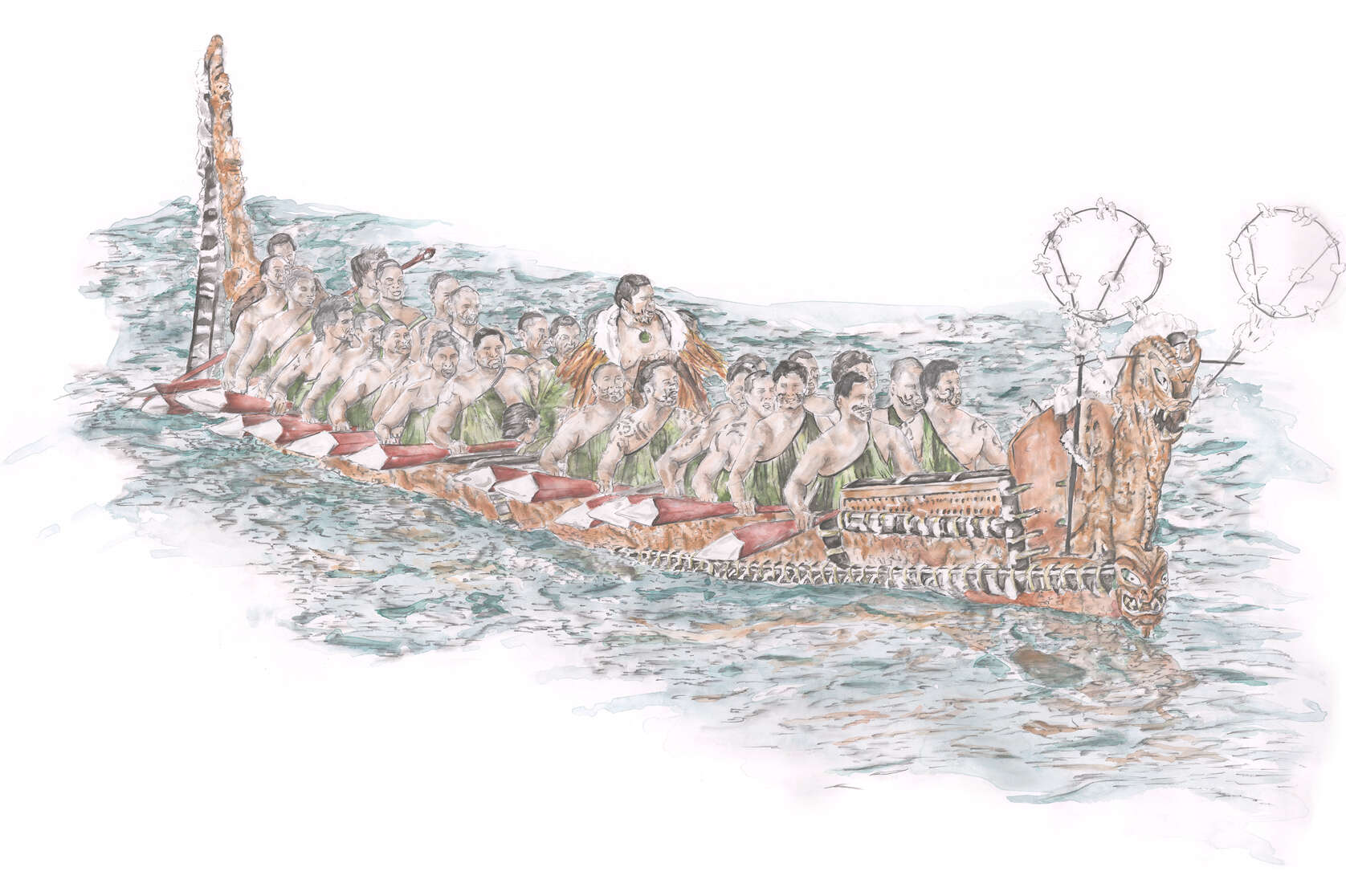
This thesis is primarily motivated by the author’s unfamiliarity of the space in-between, exploring the spatial relationship of Oceania through the architectural approach of the waka: an architecture which connects communities to the water.
Between the tides, the littoral threshold of Ohope Spit partially separates the Pacific Ocean from the waters of Ohiwa Harbour. Regarded as ‘the food basket of many hands’, Ohiwa Harbour has been a vital food source for the local iwi since the onset of ancestral waka landings. With the spit’s shifting littoral and plans for commercial fishing in the neighbouring harbour, the presence of this space in-between is diminishing.
The contact amidst oceanic and inland waters was by the way of the waka. The waka contributed to the daily lives of the community and is recognised for the ancestral voyages to Aotearoa. Ancestral narratives of the waka taua have dominated the understanding of the waka, determined by an interest in grand expressions rather than the daily activities. Consequently, the current architectural response is one of representation and antiquity; identifying the cultural detachment influenced by western perceptions.







